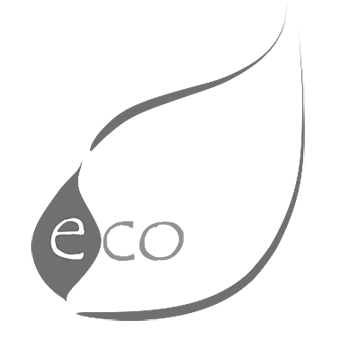Energy cost saving = cheap energy + efficient energy use
Half of greenhouse production costs is energy
Utilization of cheap geothermal energy is the key of profitable production. If efficient heating technology is applied simultaneously, the producers’ competitiveness is further increased.
The efficiency of blanket heating surpasses the efficiency of any other greenhouse heating technologies, because it transfers heat directly to the plants.
Heating cost
Labor cost
Material cost
Transportation and material handling
Electricity

The waste heat from thermal power plants, as a free energy, is an unexploited opportunity
Condensation heat, flue gas heat, flash steam, heat from process cooling
Electricity production increases year by year. The technology of power production is improving, however, the basic process of thermal power generation, the dominant power generation technology, does not change.
In power plants, which apply the traditional steam cycle, steam is generated by burning fuel, then the steam is lead to turbines, which drive electric generators. The spent steam, leaving the turbines, is condensed to warm water.
According to the relevant physical principles, the larger part (ca. 70%) of the fuel energy appears as waste heat, and is emitted into the environment through the cooler and the stack. The ratio of useful electric energy is around 30%, while the rest is waste heat.
With proper technology, the waste heat can be utilized for greenhouse heating. This waste heat is one of the cheapest sources of energy.
For example in Hungary, the thermal power plants, including the nuclear power plant, produce around 145 PJ/a electric energy, what is accompanied with the emission of at least 200 PJ/a waste heat. The overall efficiency of the power plants can be improved by the innovative utilization of at least a part of this waste energy.
The utilization of waste heat in greenhouses with blanket heating technology provides additional benefits, if the additional benefits of ecological vegetable production are also taken into account.
Heat reserve of geothermal waters: the untapped renewable energy source…
Hungary is rich in geothermal resources, however, the temperature of obtainable geothermal waters is typically moderate. The half of our geothermal wells produce water below 40°C, and only less than the quarter of the wells reaches 60°C temperature.
The utilization of low temperature geothermal fluids with blanket heating is a specifically good choice. The heating medium can be used in the blankets without increasing its temperature. The blankets, without any additional devices, satisfy the task of soil and room heating. They also offer a beneficial alternative for the upgrading of aging greenhouses.
The greenhouses, built for higher temperature geothermal waters, represent the technology of the 60’s and 70’s. Their energy use is inefficient, and the residual heat of the spent waters is still rather high. These waters, according to the environmental regulations, has to be cooled before let into natural recipients. The blanket heating technology is applicable for the use of these higher temperature effluent waters through secondary and tertiary heat utilization. With properly designed production structure the temperature of the fluid leaving the blankets can be close to the ambient temperature.
Geothermal residual heat, as well as the energy potentially available from dry hydrocarbon wells, represent cheap sources of energy. Strategies for the development of the gardening sector has to be designed with this possibility in mind.
Biomass: the reliable renewable energy source
If no “waste” energy is available, usually the best choice is the application of biomass boilers. Any type of biomass boilers can do the job, if they are selected for the peak winter load.
In an agricultural environment some forms of cheap combustible biomass are often available. Biomass based heating, as compared with hydrocarbon based heating, is usually cost-effective, in spite of the higher investment costs. The buffering capacity of the heating blankets may allow the intermittent operation of the boilers during the day, what helps save labor costs.
The utilization of agricultural wastes for energy production can be a take-off opportunity for agriculture. Marginal lands, not applicable for other purposes, can be used for energy plantations.
If the temperature of the available heating medium is higher than the temperature required by the blankets, it makes no problem. Heat exchangers or mixing loops can be used to set the optimum temperature.




